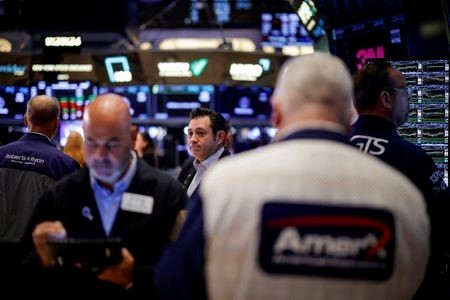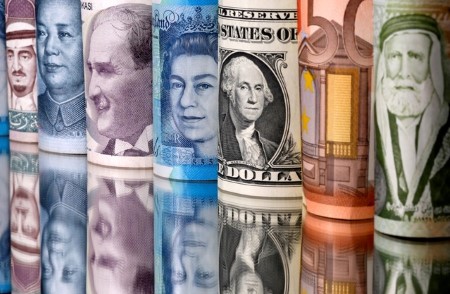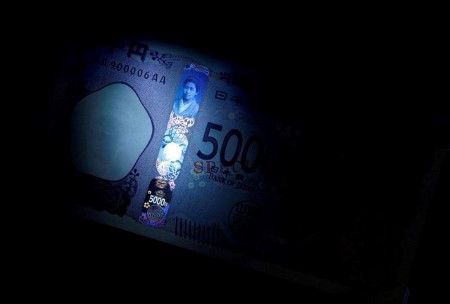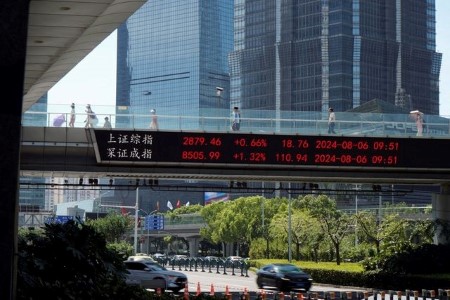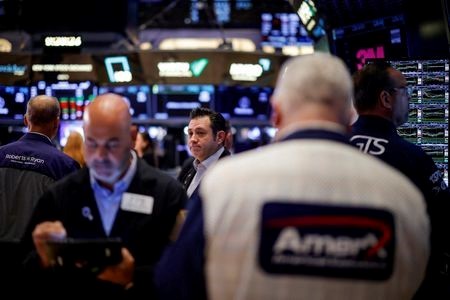Gold eased on Monday, taking a breather after a historic rally driven by US monetary easing and heightened Middle East tensions, which put it on course for its best quarter since 2020.
Spot gold was down 0.9% at USD 2,634.75 per ounce as of 02:08 p.m. ET (1808 GMT).
US gold futures settled 0.3% lower at USD 2,659.40.
Gold has risen over 13% so far this quarter, which would be its best since early 2020, having hit an all-time high of USD 2,685.42 on Thursday, fuelled by the US Federal Reserve’s half-percentage-point cut and flare-ups in the Middle East.
“There may be some rotation out of precious metals into shares, but I don’t think that’s going to last … undoubtedly, the trend is up in gold,” said Peter A. Grant, vice president and senior metals strategist, Zaner Metals.
Analysts said bullion’s run was reined in by profit-taking and a surge in Chinese stocks.
When risk appetite rises, investors generally shy away from safe-haven gold, although its recent gains have come alongside a rise in equities, especially after the Fed’s oversized cut, as lower interest rates also burnish appeal for zero-yield bullion.
Fed Chair Jerome Powell on Monday predicted a continued slowdown in the country’s inflation, which could lead to a cut in the central bank’s interest rate. This move could eventually lift the constraints on economic activity “over time.”
“We see more consolidation (in gold) in the near term,” said Standard Chartered analyst Suki Cooper.
“At this stage, the main catalyst seems to be around macro drivers and monetary policy. So, the scope for surprises in terms of the pace of rate cuts would potentially be the main trigger.”
If gold prices retreat, particularly alongside a strengthening yuan, Chinese physical demand could rebound in the fourth quarter, Heraeus analysts said in a note.
Goldman Sachs raised its gold price forecast to USD 2,900 per ounce from USD 2,700 per ounce for early 2025.
Silver dipped 1.7% at USD 31.08 per ounce, but was set for a 6.7% quarterly rise.
Platinum shed 2.2% to USD 977.90. Palladium declined 1.5% to USD 996.00, but was headed for a quarterly gain.
(Reporting by Sherin Elizabeth Varghese in Bengaluru; Editing by Shreya Biswas and Alan Barona)







 DOWNLOAD
DOWNLOAD






